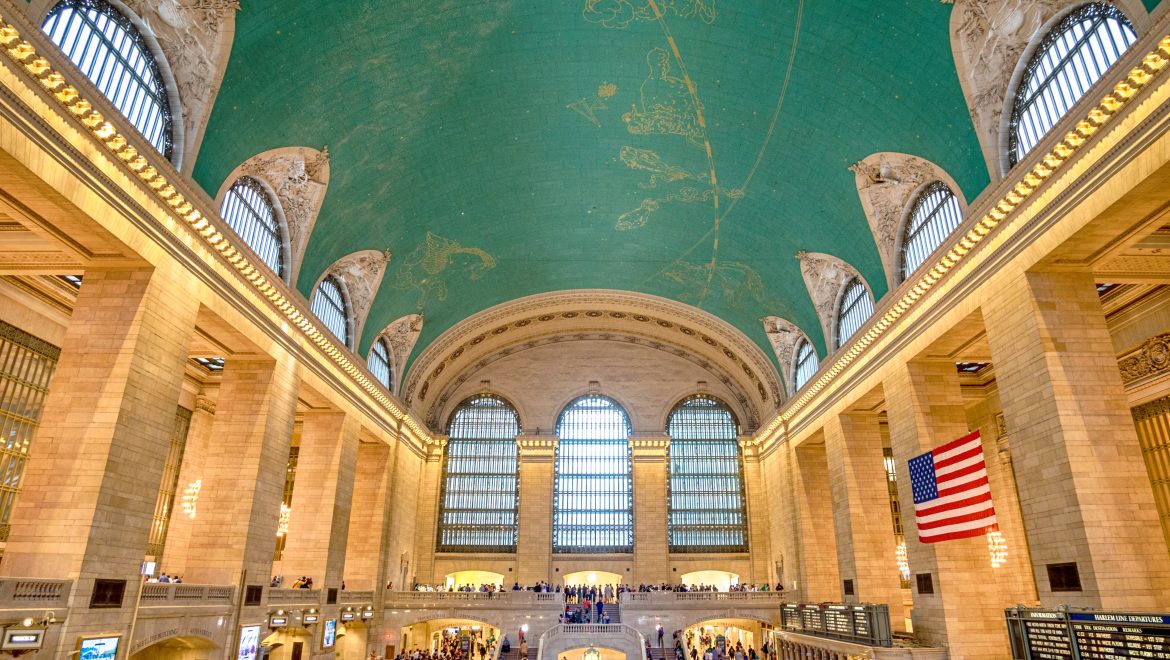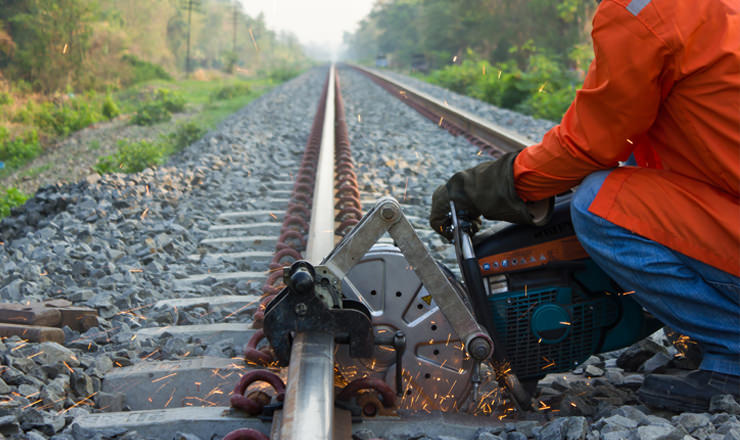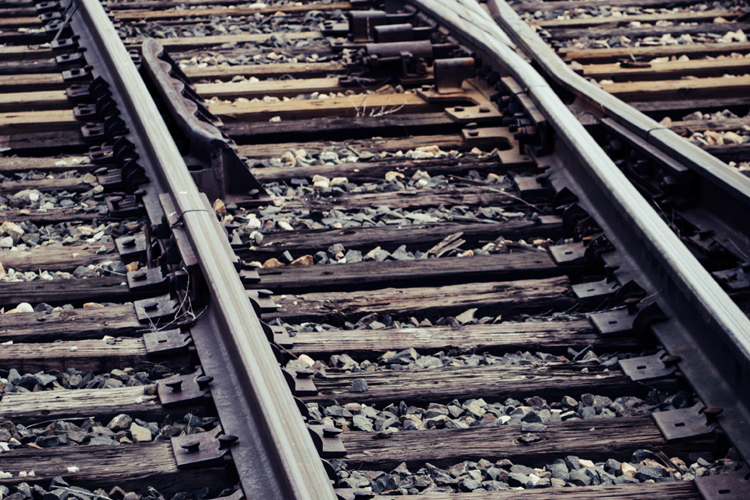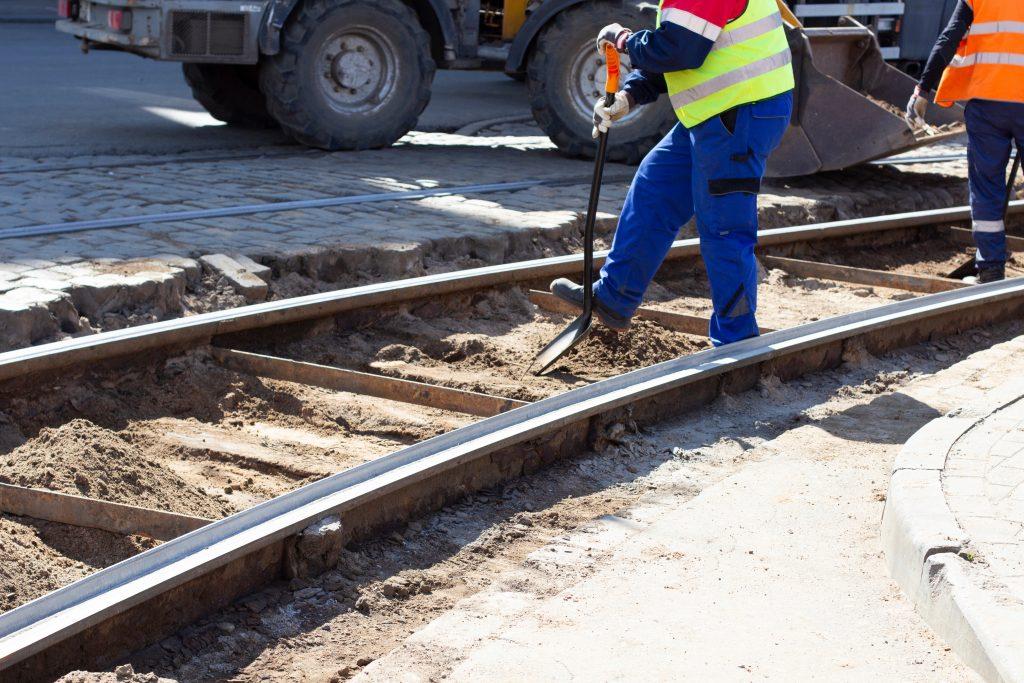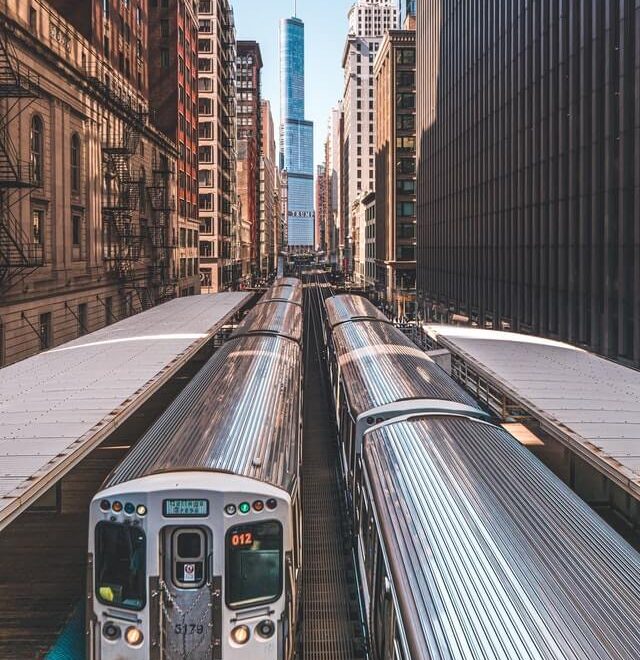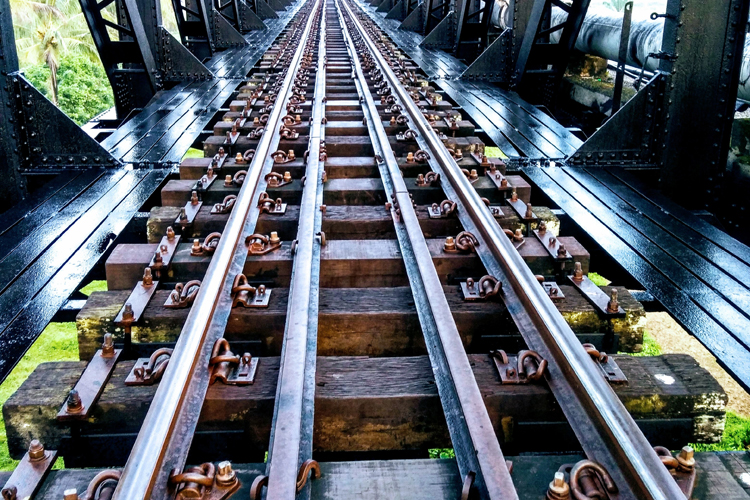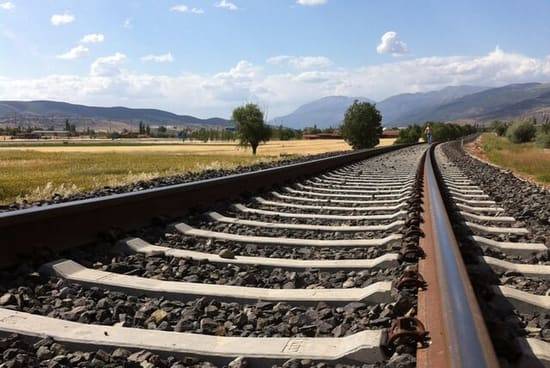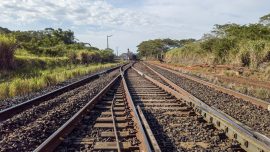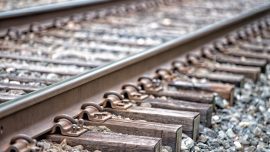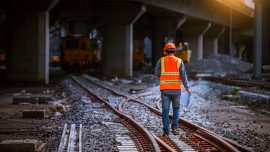America’s 5 Most Beautiful Train Stations
In the vast tapestry of America’s railway history, certain train stations stand out as architectural masterpieces that capture the essence of a bygone era.
From the beauty of Beaux-Arts design to the timeless allure of Art Deco and Neo-Classical styles, these stations are more than points of transit; they are living testaments to the nation’s architectural heritage.
While beauty is subjective, there are several beautiful train stations in America known for their architectural charm, historical significance, and overall aesthetics.
Join us on a journey to explore the five most beautiful train stations in America, where each structure tells a story of craftsmanship, history, and the artistry of travel.
Grand Central Station – New York City
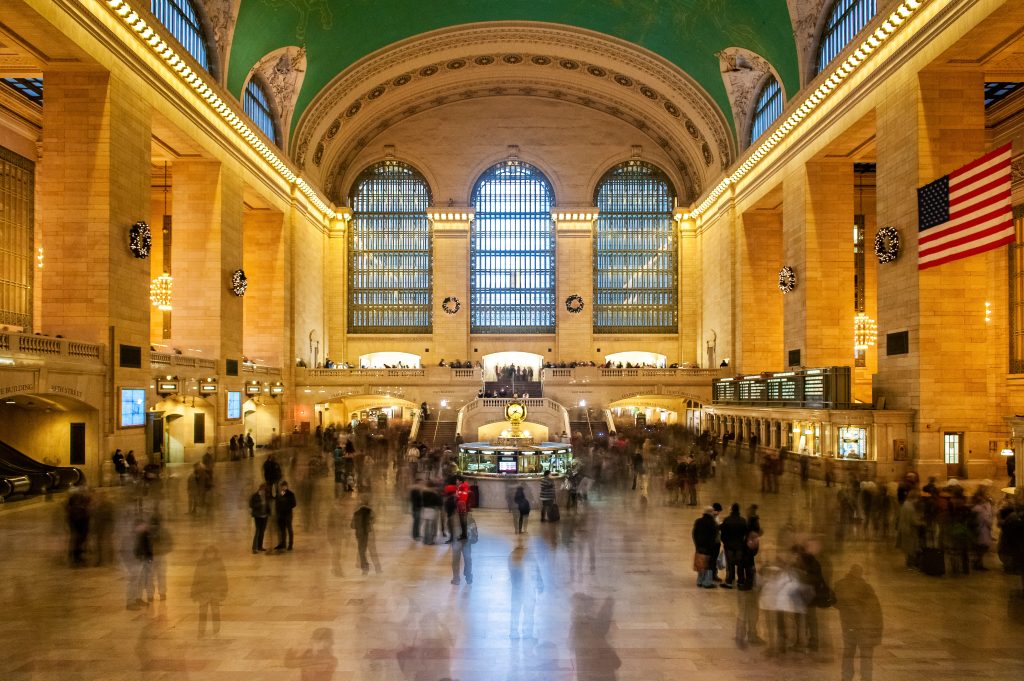
Grand Central Station in New York City is the most well-known train station in the United States.
With 44 platforms and 67 tracks on two different levels, it is one of the largest train stations in the world.
Completed in 1913, the Beaux-Arts design includes a ceiling adorned with constellations, marble staircases, and a main concourse with its famous Grand Central Clock.
It is not only a transportation hub but also a cultural and dining destination.
Make sure to check it out on your next trip to The Big Apple, or dive into this video and discover the secrets in the details of Grand Central Terminal.
Union Station – Washington, D.C.
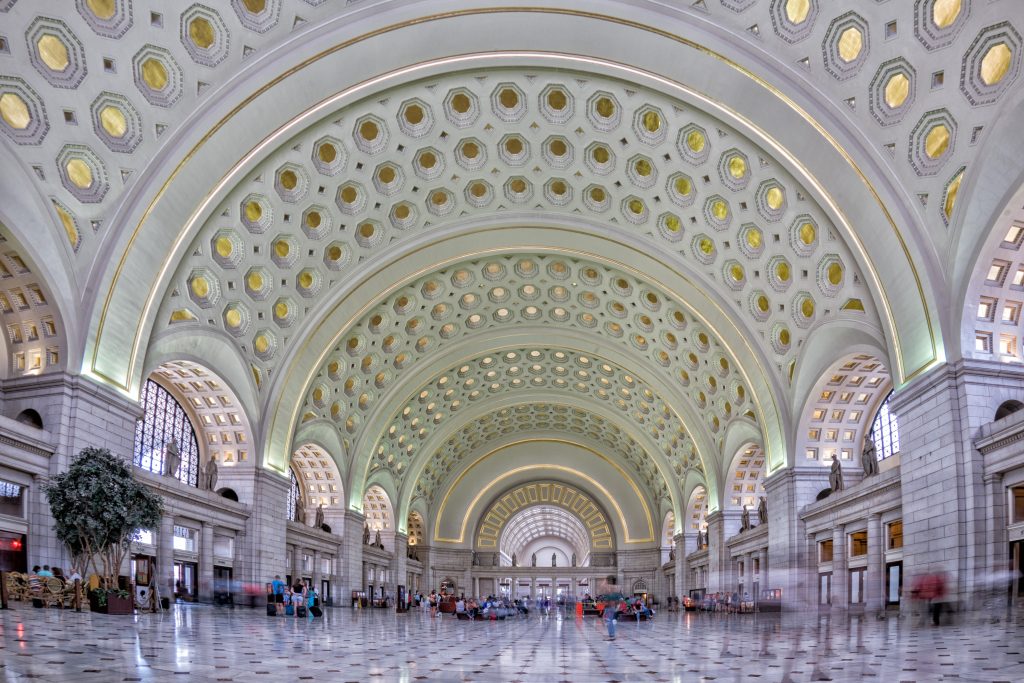
Union Station in Washington, D.C., is a Beaux-Arts masterpiece.
Completed in 1907, the station features a grand façade with Romanesque and Classical influences.
The interior contains a stunning main hall with a vaulted ceiling and a central fountain.
The arched ceilings are covered with 23-karat gold leaf.
Thanks to plenty of restorations and efforts to expand the terminal, the station serves as both a transportation hub and a retail destination today.
Union Station – Chicago
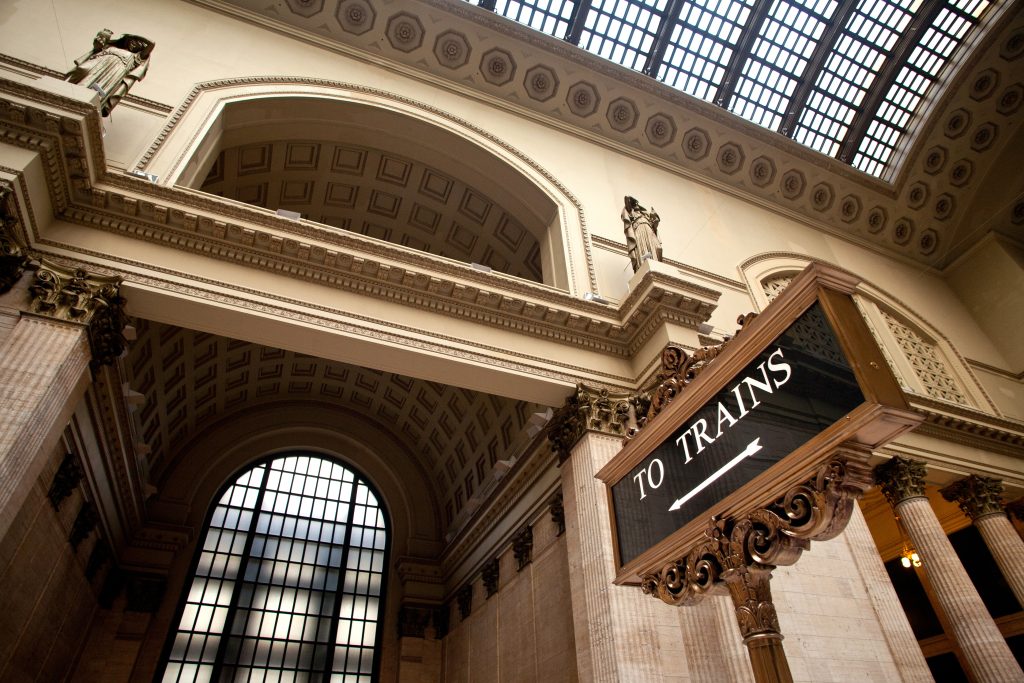
Chicago Union Station was designed by Daniel Burnham and opened in 1925.
It is the third busiest train station in the country.
Union Station showcases a mix of Beaux-Arts and neoclassical architectural styles.
The Great Hall is particularly impressive with its towering columns, intricate details, and a soaring barrel-vaulted ceiling.
It was named a Chicago Landmark in 2002.
Today the station is owned by Amtrak and has been revitalized through plenty of restoration efforts.
30th Street Station – Philadelphia
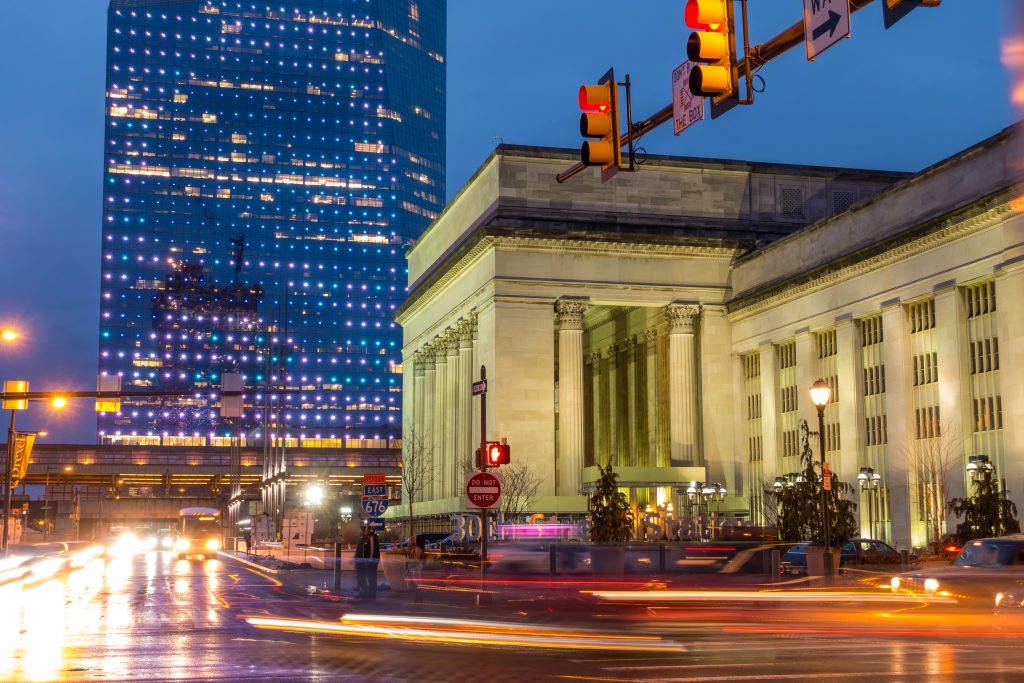
30th Street Station in Philadelphia is a blend of Art Deco and Neo-Classical design.
The massive 71-foot-high columns on the exterior of the building make it look like one that belongs in Washington D.C. Completed in 1933, the station features a monumental façade, a grand waiting room with high ceilings, and sculptures representing transportation modes.
The station was also added to the National Register of Historic Places in 1978.
Denver Union Station – Denver
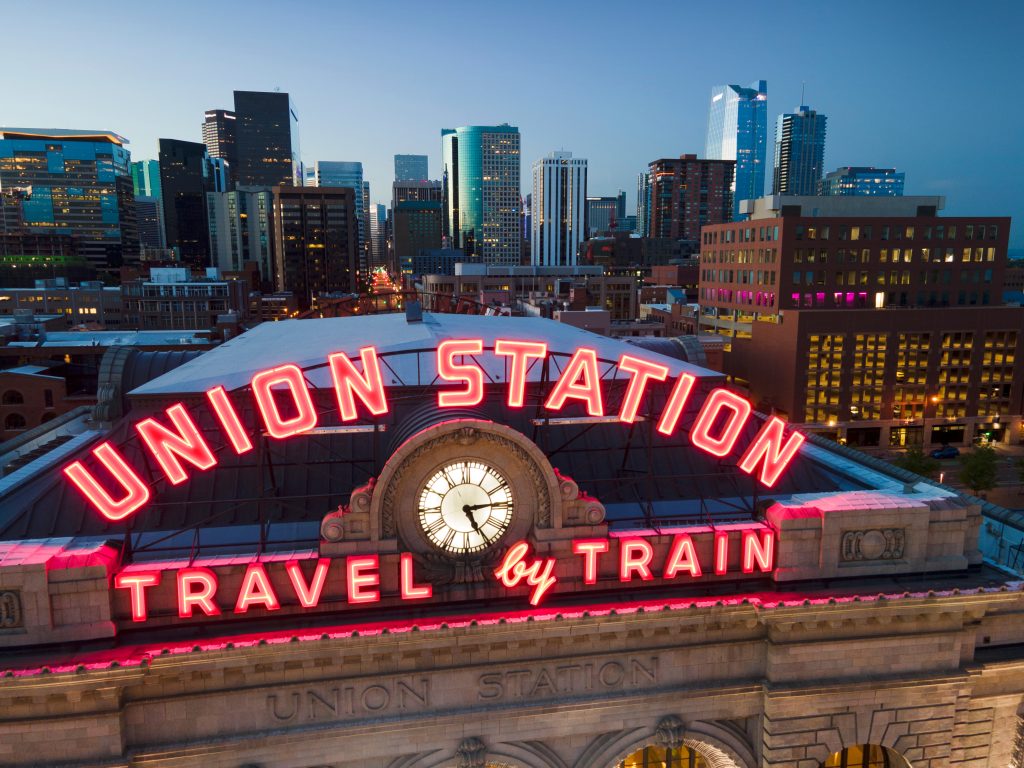
Denver Union Station is a beautifully restored Beaux-Arts train station with a modern twist.
The station was originally built in 1881 and was known as the largest structure in the West with a 128-foot clock tower.
A devastating fire in 1894 led to a redesign which was completed in 1914.
The station underwent another major renovation a century later in 2014, preserving its historic charm while incorporating contemporary elements.
The iconic Great Hall boasts high ceilings and large arched windows.
Railroad Construction in the Midwest: R&S Track
These beautiful train stations in America not only serve as transportation hubs but also stand as architectural marvels.
Their historic significance and timeless beauty make them destinations in their own right.
R&S Track has been committed to keeping railroads in the Midwest safe for over 30 years.
Our services include maintenance, inspections, new track construction, and more.
Call our office at (402) 563-2350 for more information.

